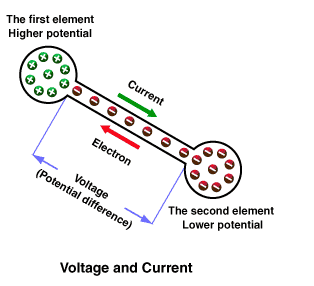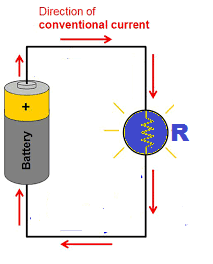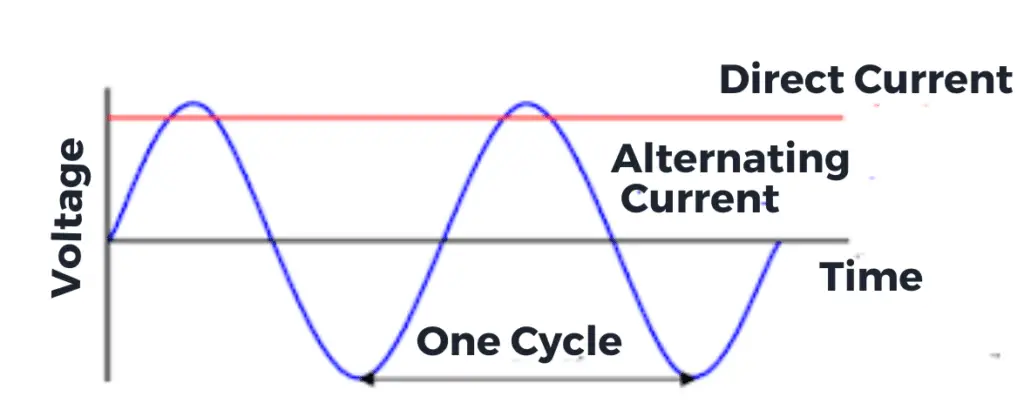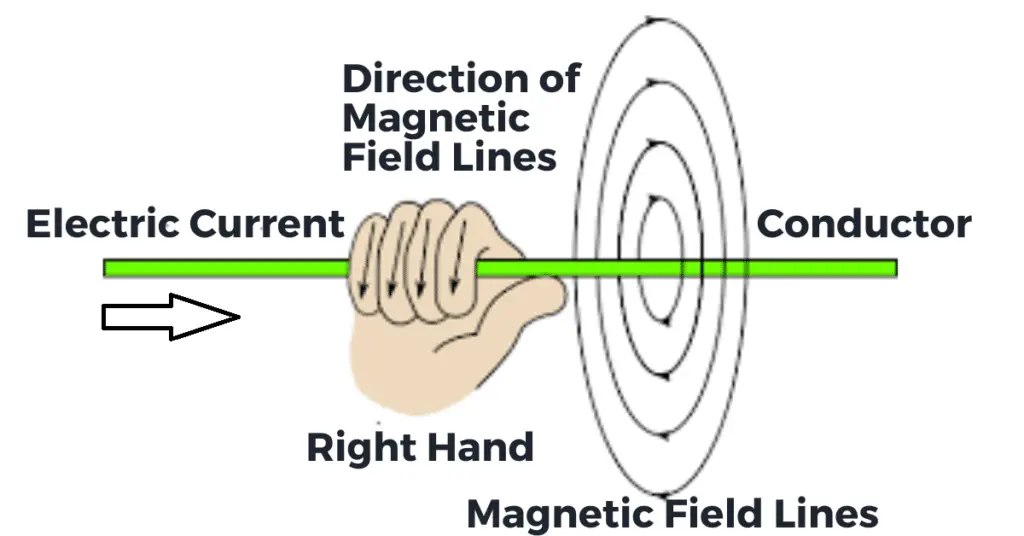What is an Electric Current?
The electric current flows in the circuit if a potential difference exists. The potential difference is the pressure that causes the flow of charge, and the flow of charge eventually leads to the flow of electric current in the circuit. The rate of flow of charge is electric current.
The electric current flows from the higher potential to the lower potential. If the two points in the circuit are at the same potential, the flow of electric charge is zero; hence, the current is zero. The magnitude of the current depends on the rate of flow of charge from one point to another in a given circuit.

Unit of Current
The conducting material has a large number of free electrons that can quickly move from one atom to another atom under the application of potential energy. The flow of electrons or charge is the main reason for the flow of electric current in the circuit.

The higher the rate of flow of charge, the higher the current. Let q charge flow in t time,
The current formula is;
I= q/t
If a 500 Coulomb charge passes through a conductor by 100 seconds, then the current is;
I = 500/100 = 5 Ampere
In differential form,
I= dq/dt
Electric current is the ratio of charge transferred in a given period. In other words, the rate of transfer of electric charge is the electric current. If the one-coulomb charge is transferred in one second from one point to another, the circuit carries the one-unit current. The unit of electric current is coulomb per second. This is also known as ampere after the name of physicist Andrew Marie Ampere. The SI unit of electric current is Ampere.
How does electric current flow in a circuit?

In metal, free electrons, which move randomly within the metal, are abundantly available. When we connect metal to a supply source, the source electron repels the electrons of the metal towards the higher potential of the supply source, and thus, the positive point of the supply source at the higher potential attracts the drifted electrons. This way, the flow of electrons causes the current to flow.
Previously, it was assumed that the flow of electric current happens because of the positive charge. It has been proved that the drifting of electrons from the lower to the higher potential point is the main reason for current flow. The flow of current caused by the external field is the drift current.
The direction of electric current is opposite to that of electrons. The conventional direction of the current is from the higher to the lower potential point.
Types of Electric current
There are two types of electric current.
- Direct Current (DC)
- Alternating Current(AC)
Direct current (DC)

Direct current (DC) is the one-directional flow of electric charge. Thus, the DC is unidirectional. In a DC circuit, the electrons flow from an area of negative charge to an area of negative charge. Therefore, the DC flows from a positive charge area to a negative charge area because the direction of the flow of current is opposite to the direction of the flow of electrons.
Alternating current(AC)

When the current flows in positive and negative directions alternatively in a cycle, it is called alternating or AC.
Heating Effect of Current
Electric current flows in a circuit when a voltage is applied across it. The magnitude of the current depends on the voltage V and circuit resistance R. The rate of heat produced in the circuit depends on the resistance and the square of the current.
H = I2 Rt
Where,
I = Current in ampere
R = Resistance in Ohms
t = Time in Seconds
This is known as Joule’s Law of heating.
Magnetic Effect of Current
A magnetic field is set up around the current-carrying conductor. We can find the direction of the magnetic field using the right-hand rule.

If a current-carrying conductor is placed in a magnetic field, the conductor experiences a force. The magnitude of the force depends on the magnitude of the current through the conductor and on the strength of the magnetic field. The direction of the force can be found using Fleming’s left-hand rule.

do not copy the contents of http://www.electricalvolt.com
Yes you may link my website page URL in your post